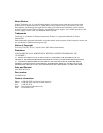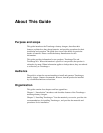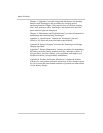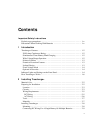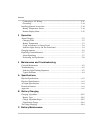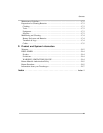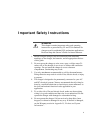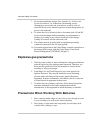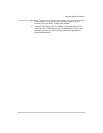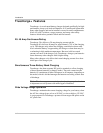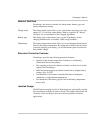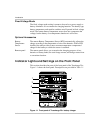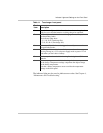
Important Safety Information
x
7. Do not disassemble the charger. See Appendix D, “Product and
System Information” for instructions on obtaining service.
Attempting to service the unit yourself may result in a risk of
electrical shock or fire. Internal capacitors remain charged after all
power is disconnected.
8. To reduce the risk of electrical shock, disconnect both AC and DC
power from the charger before attempting any maintenance or
cleaning or working on any circuits connected to the charger.
Turning off controls will not reduce this risk.
9. The charger must be provided with an equipment-grounding
conductor connected to the AC input ground.
10. For marine applications in the United States, external connections to
the charger shall comply with the United States Coast Guard
Electrical Regulations (33CFR183, Sub part 1).
Explosive gas precautions
1. Working in the vicinity of lead-acid batteries is dangerous. Batteries
generate explosive gases during normal operation. Therefore you
must read this guide and follow the instructions exactly before
installing or using your charger.
2. TrueCharge 20+ and TrueCharge 40+ have been approved as
Ignition Protected. They may be installed in areas containing
gasoline tanks and fittings which require Ignition Protected
equipment. Xantrex recommends, nevertheless, that it is safest not
to install electrical equipment in these areas.
3. To reduce the risk of battery explosion, follow these instructions
and those published by the battery manufacturer and the
manufacturer of the equipment in which the battery is installed.
Precautions When Working With Batteries
1. Have someone within range of your voice or close enough to come
to your aid when you work near a lead-acid battery.
2. Have plenty of fresh water and soap nearby in case battery acid
contacts skin, clothing, or eyes.



